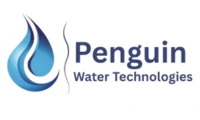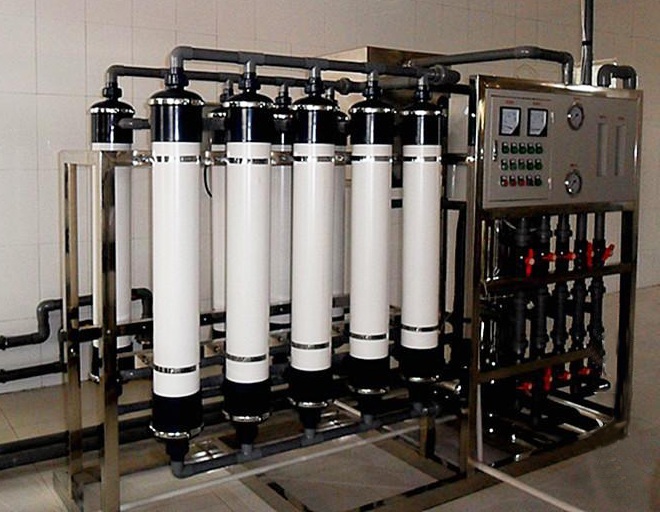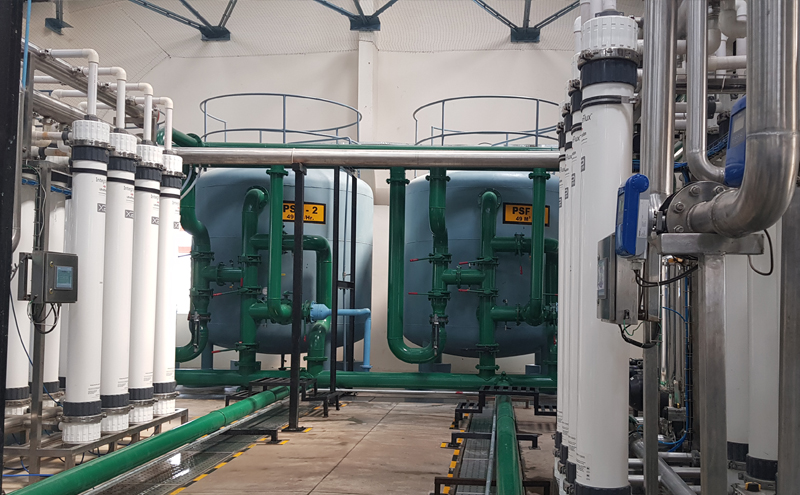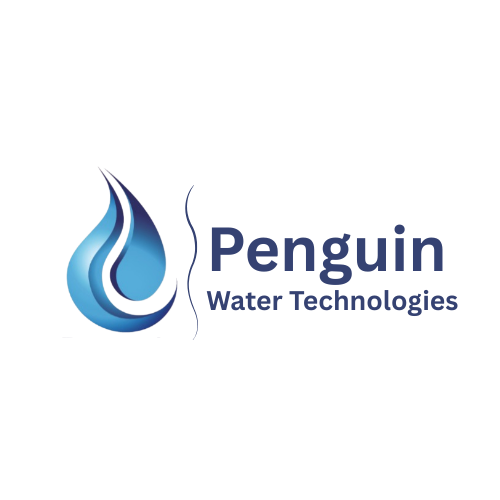Frequently Asked Questions (FAQs)
1. What is an UF Ultrafiltration Plant and how does it work?
An UF Ultrafiltration Plant is a water treatment system that uses membrane technology to remove suspended solids, bacteria, viruses, and other impurities. It works by forcing water through membranes with tiny pores (around 0.01 microns), which block contaminants and allow only clean water to pass through.
2. What are the key benefits of using a UF Ultrafiltration Plant system?
- Removes bacteria, viruses, and suspended particles
- Requires low operating pressure
- Minimal chemical use
- Easy maintenance
- High recovery rate of water (up to 95%)
Ideal for pre-treatment before RO
3. What kind of water can be treated using a UF Ultrafiltration Plant?
UF Ultrafiltration Plant systems can treat various types of water, including:
- Surface water (rivers, lakes)
- Groundwater (borewells)
- Municipal water
Industrial wastewater (for reuse or recycling)
4. How is UF Ultrafiltration Plant different from RO (Reverse Osmosis)?
UF Ultrafiltration Plant removes suspended solids, bacteria, and viruses but allows dissolved salts and minerals to pass through. RO, on the other hand, removes even dissolved salts and is used for complete demineralization. UF is more energy-efficient and has higher water recovery than RO.
5. Is the water from a UF Ultrafiltration Plant safe for drinking?
UF-treated water is microbiologically safe for drinking as it removes harmful pathogens. However, in areas with high dissolved salt content, further treatment like RO may be needed.
6. How often do the UF Ultrafiltration Plant membranes need to be replaced?
Typically, UF Ultrafiltration Plant membranes last 3 to 5 years, depending on usage, water quality, and maintenance. Regular backwashing and periodic cleaning can extend membrane life.
7. Does a UF Ultrafiltration Plant require chemical dosing?
In most cases, UF systems do not require chemical dosing. However, chemicals may occasionally be used for membrane cleaning or if the feed water has special contaminants.
8. Can UF Ultrafiltration Plant be used for wastewater recycling?
Yes, UF is widely used in effluent and sewage treatment plants to reclaim water for industrial processes, gardening, or flushing purposes. It ensures safe and reusable water output.
9. What are the maintenance requirements of a UF system?
UF Ultrafiltration Plant systems need:
- Regular backwashing (automatic or manual)
- Periodic membrane cleaning (CIP)
- Monitoring of pressure and flow rates
- Occasional pre-filter replacement
10. How do I choose the right UF Plant for my application?
Consider the following:
- Source and quality of feed water
- Required water output capacity
- Application (drinking, industrial, recycling)
- Type of membrane and automation level
- Space and power availability
- Budget and service support




